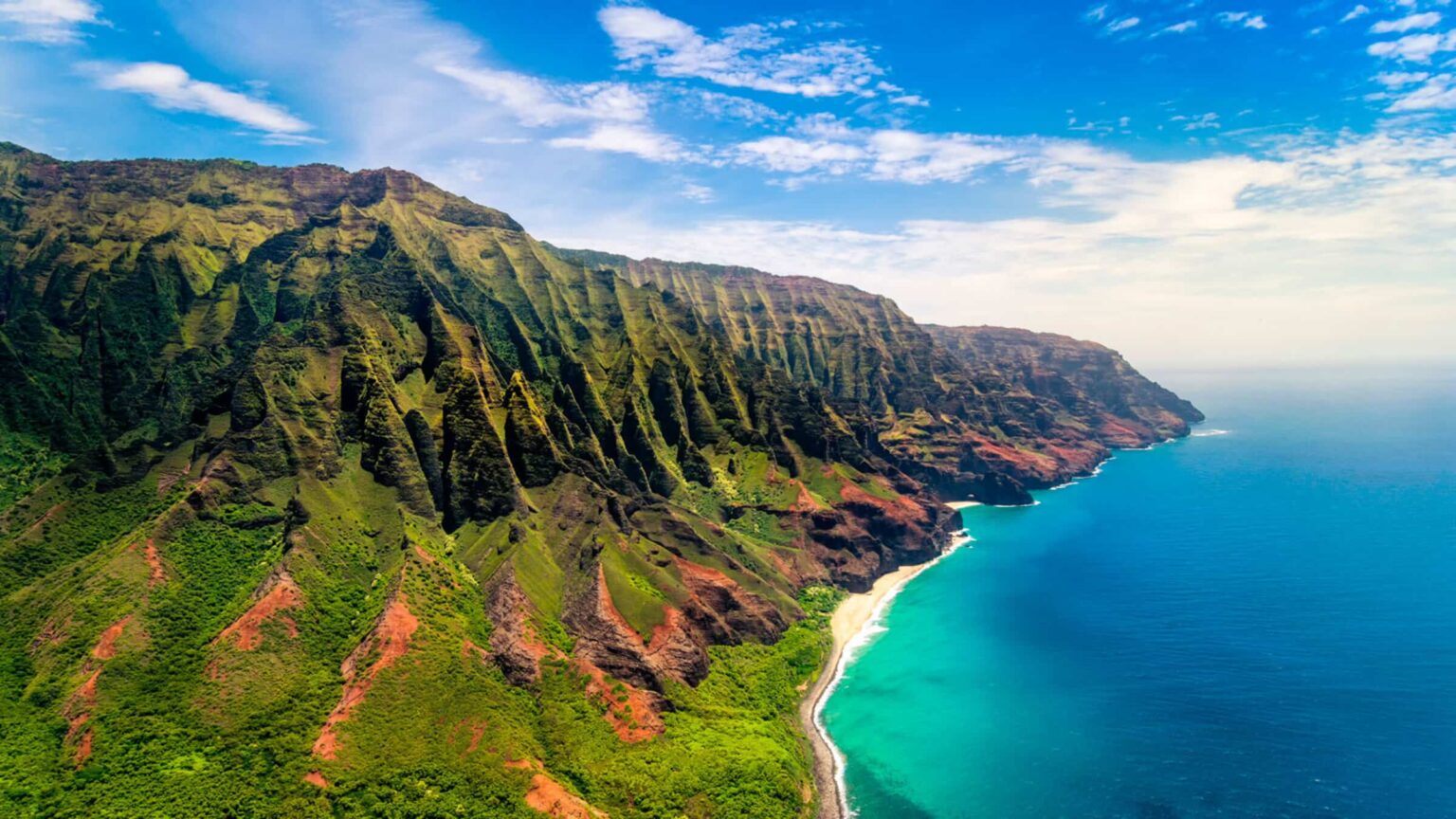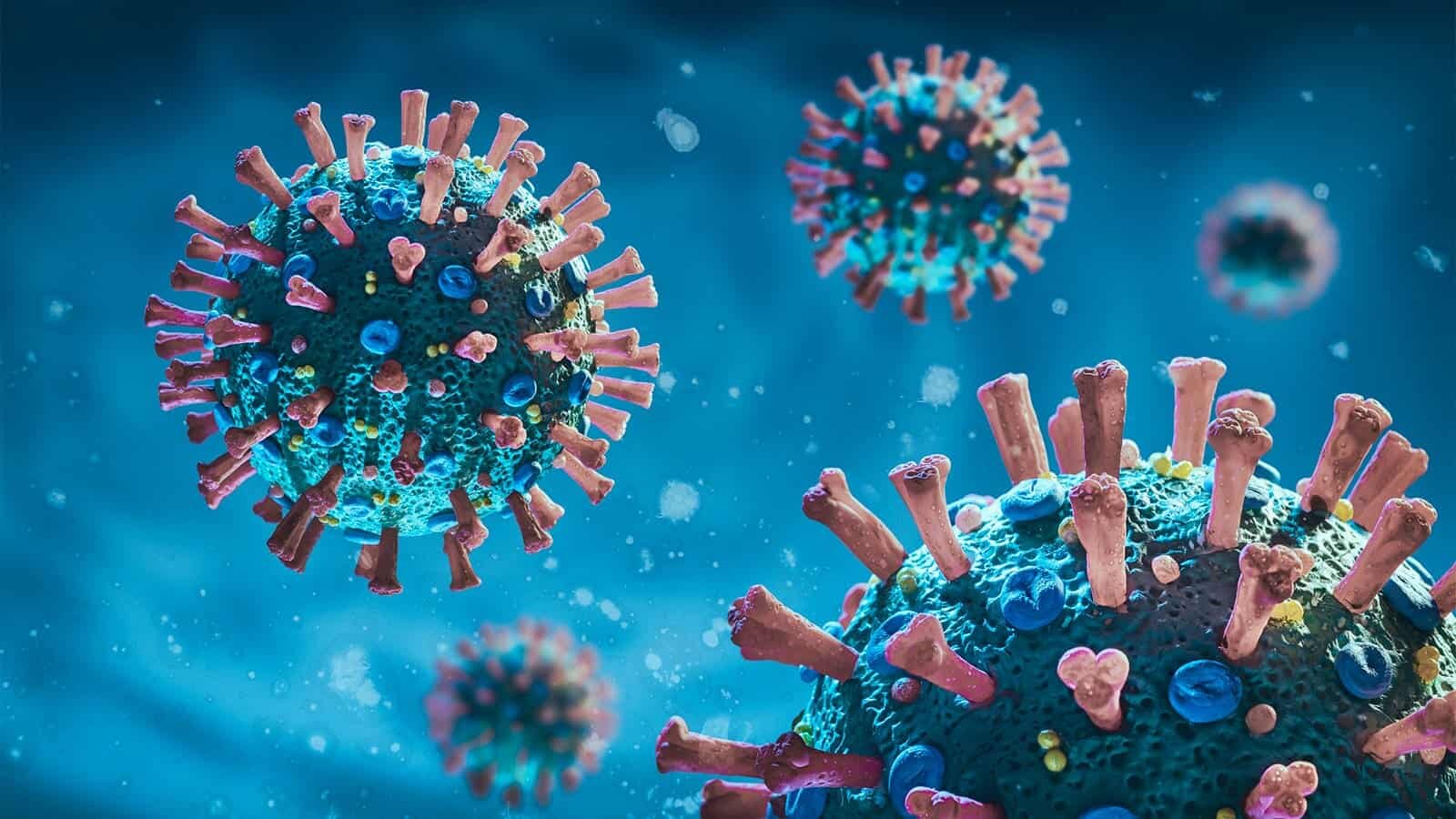
COVID-19 spike: What states have new pandemic travel restrictions?
We can all think back to the beginning of 2020 (going back to March), when we first heard there was something going around called Coronavirus. It might’ve just been arriving in the United States but it was merely a news story at the time. Chances are, if you weren’t traveling, Coronavirus just wasn’t on your radar. And then cities and states began shutting down in the United States.
Life is unpredictable. No one was expecting the pandemic but here we are. Plus, just when we thought it was nearing the end, gradually graduating to history, new variants crept along. Now, they’re threatening to return us back to square one, almost. Hopefully, we won’t have to deal with another full shutdown, but traveling might just be a bit more difficult this holiday season. It’s time to discuss the states with travel restrictions.
Currently, there are only two states with travel restrictions that governors or state agencies have issued in response to the coronavirus. As a whole, beginning March of 2020, twenty-seven states and Washington D.C. authorized travel restrictions during the pandemic. Will there be more states with travel restrictions? At this point, it seems it’ll be that way but only time will tell.

Active travel restrictions
As we’ve established, there are two states currently dealing with travel restrictions – they’re Hawaii & Kansas. The Hawaiian trifecta status reads Democratic. Their requirements are a negative COVID-19 test or ten-day quarantine. And they do have an exemption for fully vaccinated travelers, as well as Kansas.
Kansas’ trifecta status is a divided government, and they’re requiring travelers to take a ten-day quarantine.

Vaccines may be a little complicated (for those of us with compromised immune systems), and perhaps you’re a little worried about it. According to the Centers for Disease Control (CDC), the COVID-19 vaccines (Moderna & Pfizer) are safe and effective. Now, you may experience some side effects such as mild flu-like symptoms and irregular menstrual cycles if you’re a female but they’re normal.
It usually takes about two weeks after full vaccination for your body to build protection against the virus. If you’re not vaccinated, it’s heavily recommended that you do.

Timeline
On June 25th, 2021, Hawaii Governor David Ige announced that fully vaccinated interstate travelers will be allowed to skip Hawaii’s testing and quarantine requirements that began on July 8th. On July 6th, 2021, the Rhode Island Governor Daniel McKee reversed an executive order requiring unvaccinated out-of-state travelers to quarantine or provide a negative COVID test.
Two days later, Ige changed the state’s travel restrictions so everyone who’s fully vaccinated in the United States could bypass the ten-day quarantine requirement or provide a negative COVID test. Previously, you had to be fully vaccinated in the state of Hawaii to skip any restrictions.

On July 29th, 2021, the Kansas Department of Health and Environment updated its travel quarantine list to include folks who have traveled to or from Botswana, Gibraltar, Cuba, Isle of Man, or Martinique on or after July 29th.
Come August 6th, the Washington D.C. Department of Health issued an updated travel guidance that recommended but no longer required unvaccinated out-of-state travelers and returning residents to quarantine and test for COVID-19. The update, however, still suggests that unvaccinated people who did not seek a test to self-quarantine for no less than ten days.
The Kansas Department of Health and Environment updated its travel quarantine list to include those of us who traveled to or from Louisiana on or succeeding August 13th.
—
Do you think there’ll be more states with travel restrictions? Share your thoughts in the comments section below!



